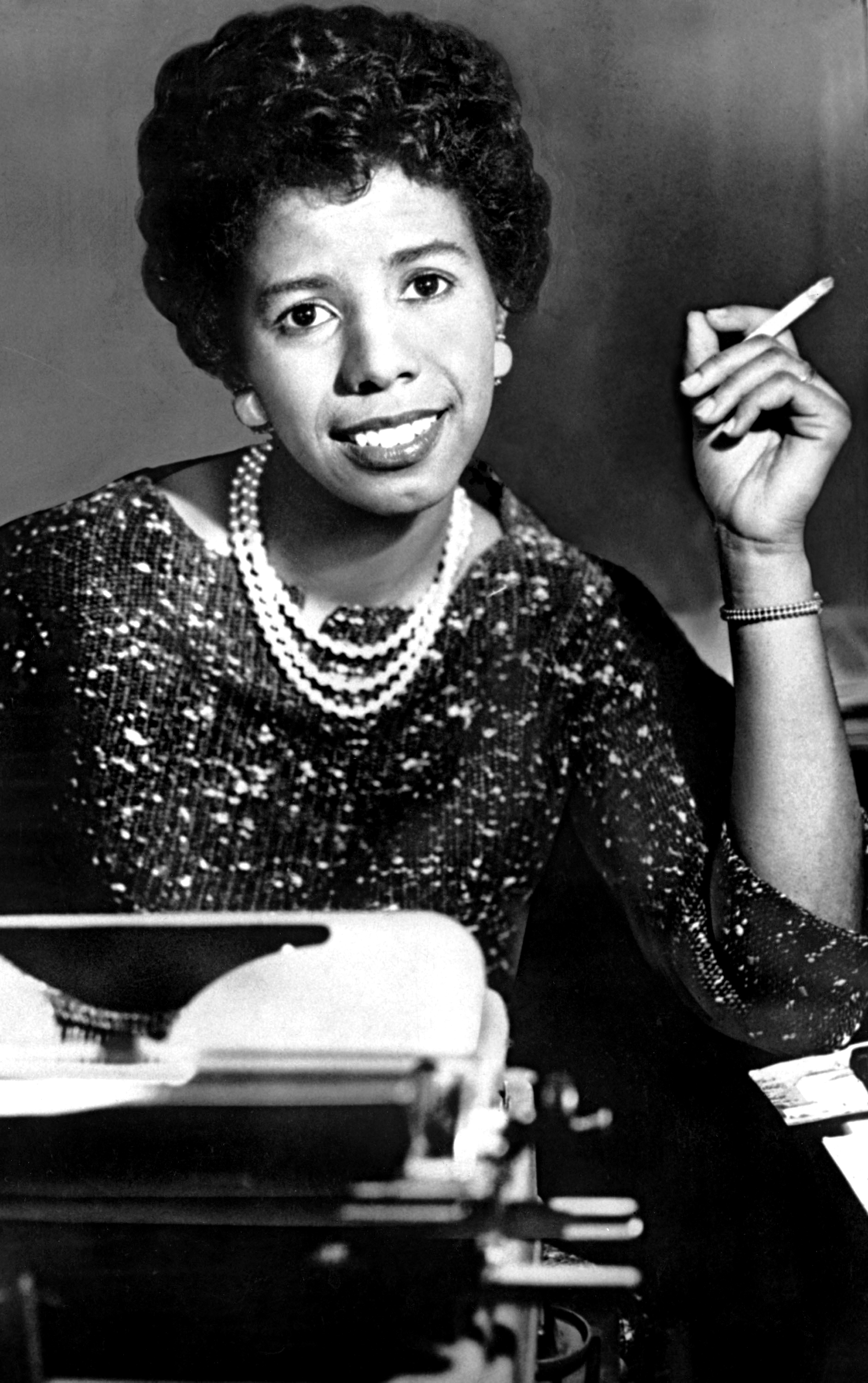It’s been over half a century since director Chuck Smith found himself enthralled by a playwright who so thoroughly captured the world of his childhood. The Bronzeville native and self-proclaimed “senior citizen” still remembers his initial take on Lorraine Hansberry’s iconic 1960 drama A Raisin in the Sun. “That was when I first recognized the power of theater,” says Smith who first read the play over 50 years ago, while still in college. “Experiencing that play? It inspired me to finish college—to get my degree in theater and go to work. I saw that community had a place on stage.”
Now, Smith is the driving force behind a month-long celebration of Hansberry, who like Smith, grew up on Chicago’s South Side. While director Anne Kauffman helms the Goodman Theatre’s staging of Hansberry’s rarely produced The Sign in Sidney Brustein’s Window, Smith is overseeing a trove of bus tours, workshops, seminars, talk-backs and lectures devoted to Hansberry’s life and work. And he’ll be front and center May 19 when Mayor Rahm Emanuel declares Hansberry’s birthday as Chicago’s official “Lorraine Hansberry Day.”
“People don't always realize that in addition to being a playwright, Lorraine Hansberry was an activist. As was her entire family," says Smith. "They were the Obamas of their day. Anybody who was anybody visiting Bronzeville in the ‘30s, ‘40s or ‘50s paid a call on the Hansberrys.”
The same goes for Sidney Brustein. Set in 1960s Greenwich Village, the titular character of Hansberry’s final play is at the nexus of a vibrant community of artists, activists, and politicians. “I’ve been angling to direct this play for ten years,” says Kauffman, “I had a grad student stage it as her thesis project in the early 2000s. I was stunned by it."
So why is it that most people have never heard of Hansberry’s final drama? “It was way ahead of its time,” says Kauffman, “It’s messy and ambitious and brilliant. After Raisin, Hansberry was touted as the voice of African Americans. And then she writes Sidney, where the characters are mostly white and the one character of color passes as white. It’s the story of a world on the verge of cracking wide open. People just didn’t know what to make of that.”
Adds Smith: “Hansberry understood that activism is the ground floor of political change. It was true when Sidney Brustein came out, and it’s true today. I was around for the 1960s Civil Rights movement when this play debuted, and what hasn’t changed is the importance of getting involved. Of voting. Nobody’s off the hook. Hansberry understood that. I’m hoping she shakes people up a little with this piece.”



